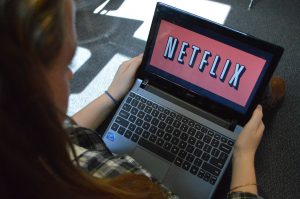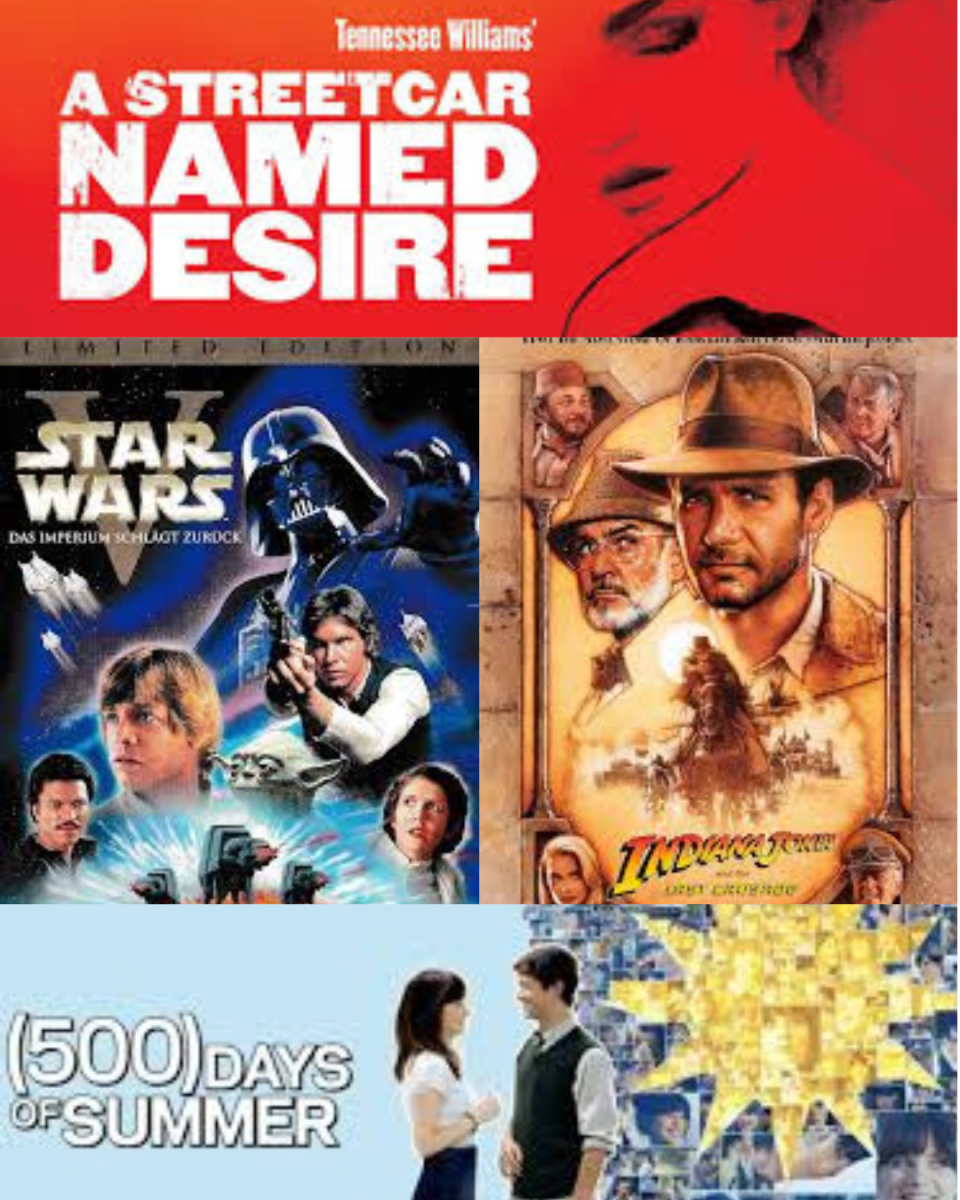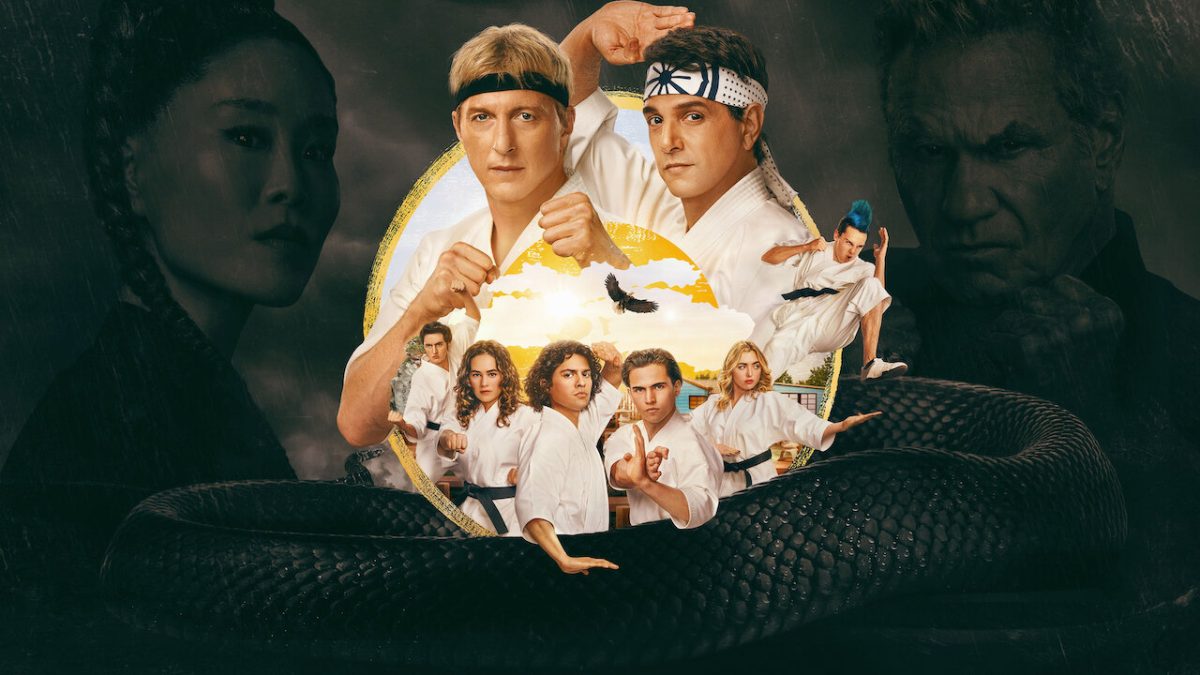
“Binge.” Without knowing the definition, just the sound of that cringeworthy word gives one insight into its negative connotations. For years, society has looked with disgust to those classified as binge eaters and binge drinkers. However, in recent years, the world has seen a rise in a new form of indulgence – binge-watching – the act of viewing multiple television episodes in one sitting. And unlike those formerly mentioned, this form of bingeing might be socially acceptable – or at least popular – due to the vast amount of people who have found themselves engrossed in this new style of television.
This is how it begins. Aware of having some free time, one decides to watch that show on Netflix everyone has been talking about. Intrigued, he or she plans to watch just the pilot, and from there, he or she descends on a downward spiral that leads to watching four episodes per day, a season a week, a series a month.
Thus, already good television shows find a rapid increase in popularity through applications like Netflix, Amazon Prime, and Hulu Plus. Among some of the most popular at Walpole High School – AMC’s Breaking Bad, AMC’s The Walking Dead, and ABC’s Grey’s Anatomy. And why is it that these shows have become so popular? Why is binge-watching so popular? One positive aspect of on-demand internet streaming like Netflix and Amazon Prime is its access to premiere shows. Between premiere cable stations like HBO and Showtime, subscribers have access to shows not necessarily available with standard cable. This trend has also changed the composition of television. Where people formerly anticipated suspenseful cliffhangers in a season finale, binge-watching forces many television producers – specifically those of the Netflix originals like House of Cards and Orange is the New Black – to consistently make enthralling episodes in order to draw viewers into watching several at a time.
With the rising popularity of binge-watching, one must wonder, how does this affect how audiences view television? The obsession with internet streaming has undermined the traditional ways to view television; more importantly, it has affected a certain demographic audience throughout the world. Most commonly teenagers and young adults have become the most avid Netflix users. One recent report suggests that 47% of those 13-54 years of age have used Netflix and of those people, 39% are regular, monthly users.
Often, how these users enjoy binge-watching varies. On social media, Netflix often bears the brunt of isolationist jokes; many on Twitter associate binge-watching with loneliness, solitude, and another form of bingeing – binge-eating. For others, however, binge-watching is embraced as a new form of television that brings people together. Everyone tends to rave about their new Netflix obsession and thus, as more people are introduced, the more frequent binge-watching viewing parties become among friends. In terms of the family dynamic, Netflix tends to bring some groups together and completely detach others. While some families unite around one common, beloved show, the enormous vault of shows on Netflix usually leaves families at odds over what’s playing next.
Thus comes the variety of packages offered by Netflix. In choosing with your monthly rate – either Three Devices or Four Devices – you control how many different shows can be played simultaneously on one account. While this can appease many family members disagreeing on which show to watch, it often disengages families even more now that multiple people under one roof can all watch different shows on their phone, laptop, or television at the same time. Netflix now recognizes the commonality that most of their subscribers share their account with others which arises a new consequence – lending and hacking. In allowing others to frequent an account one solely pays for or worse, falling victim to a Netflix account hacking, can negate some of the positive aspects of binge-watching.
In contrast to the negative ramifications of binge-watching, this television phenomenon has become largely popular because of a sole, positive aspect: convenience. Unlike primetime cable, viewers aren’t subject to viewing one episode at a time in one day each week. The convenience of binge-watching allows people to enjoy TV – and lots of it – all while viewing on their own schedule. Orange is the New Black was found in The Rebellion’s recent survey to having been watched by many Walpole students this year, specifically during the summertime. For busy high school students with crammed schedules and busy nights, weekends, school vacations, and summer break offer a the ideal time to indulge in binge-watching.
Moreover, whether you’re a fan of traditional television or a devoted Netflix user, you cannot deny the craze and influence of binge-watching in recent years. The concept of binge-watching has transformed television – who watches it, how it’s watched, and when it’s watched. For the individual, binge-watching gives the personal benefit of entertainment and convenience, and for society, it has created a new culture of television. In the future, many will look to on-demand streaming as the chosen form for watching television and when they do, they won’t be able to watch just one episode.













